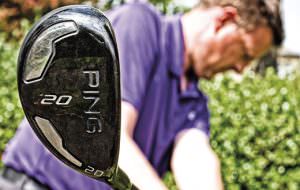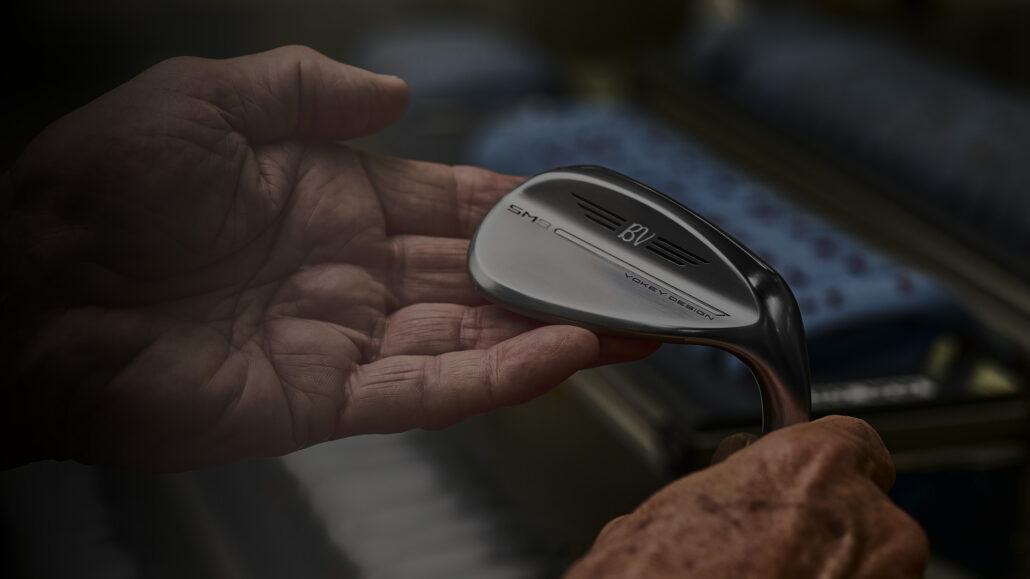
Results for distance gapping custom fitting


Features
What’s the best thing about a custom fitting?
I’ve had my custom fitting and got my Titleist clubs – so what are they like?

Tour
GEAR – Six reasons to be custom fitted
By Tom Irwin
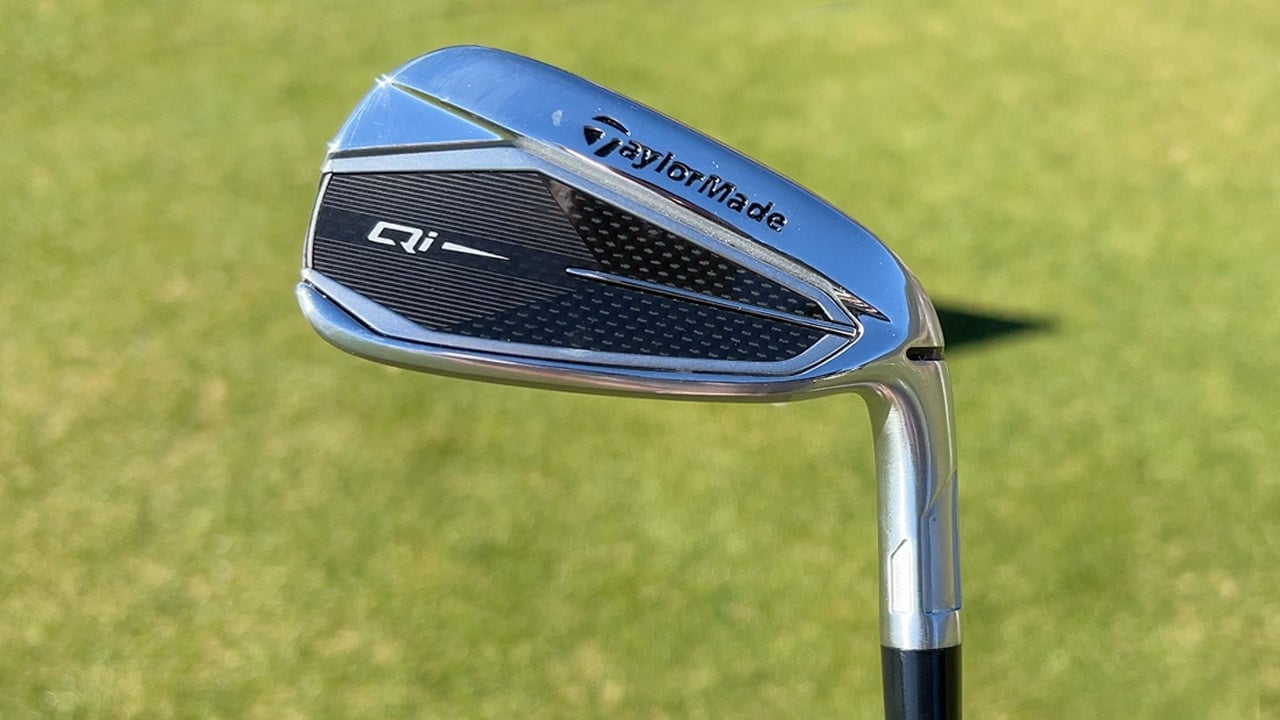
Fairway woods
TaylorMade Qi10 Fairway Wood Review
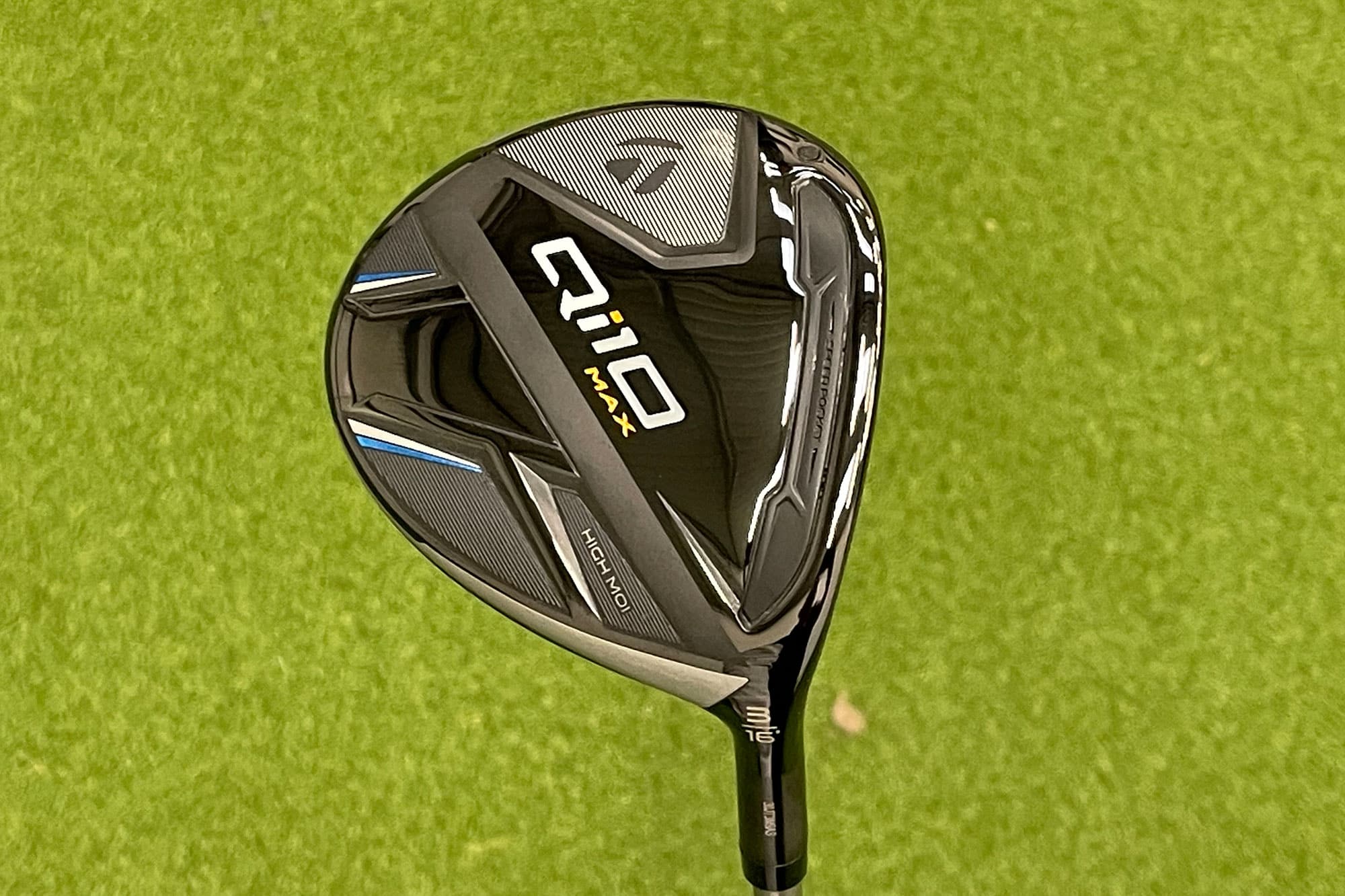
Irons
PXG 0311 P Gen6 Irons Review
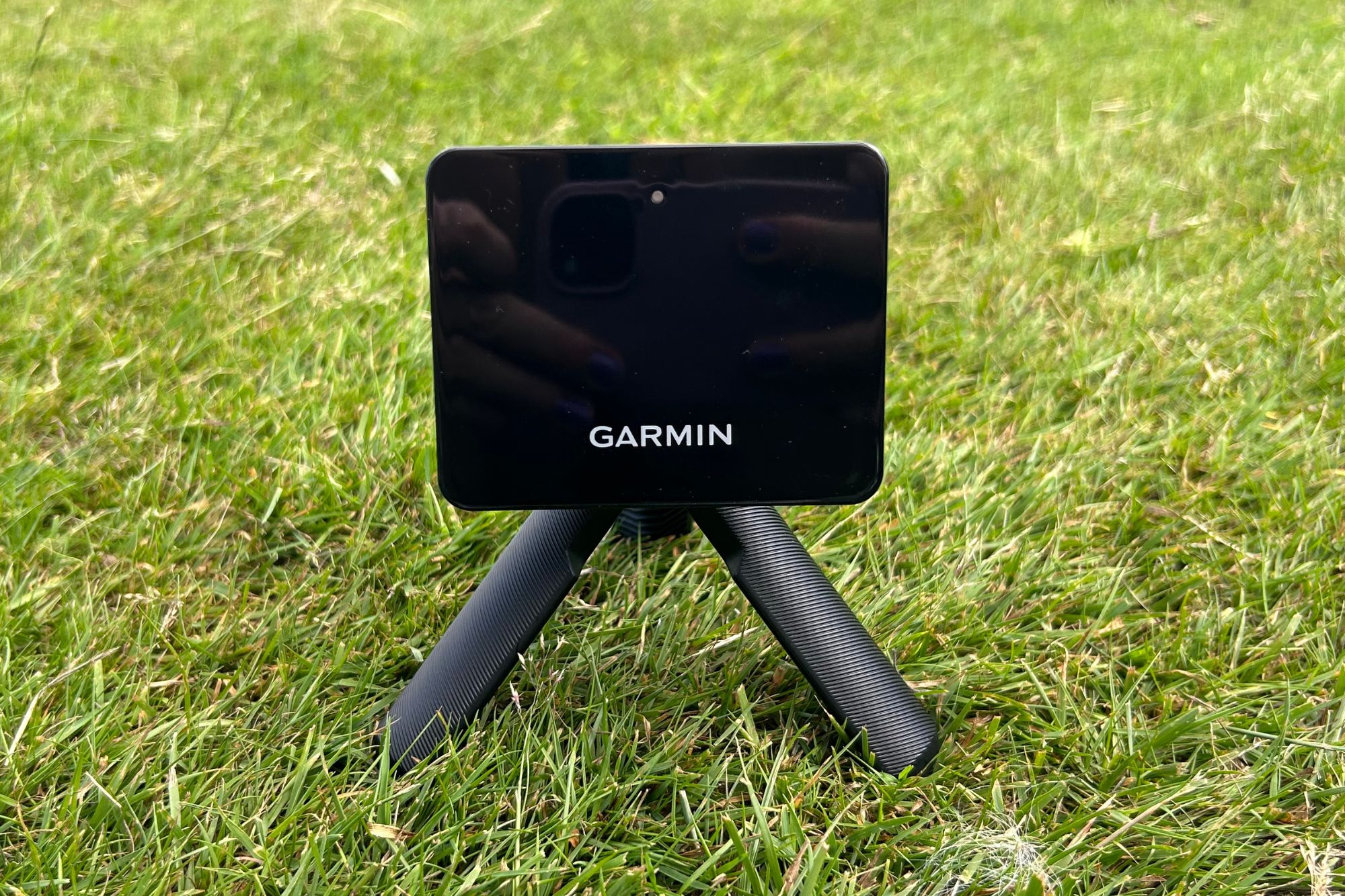
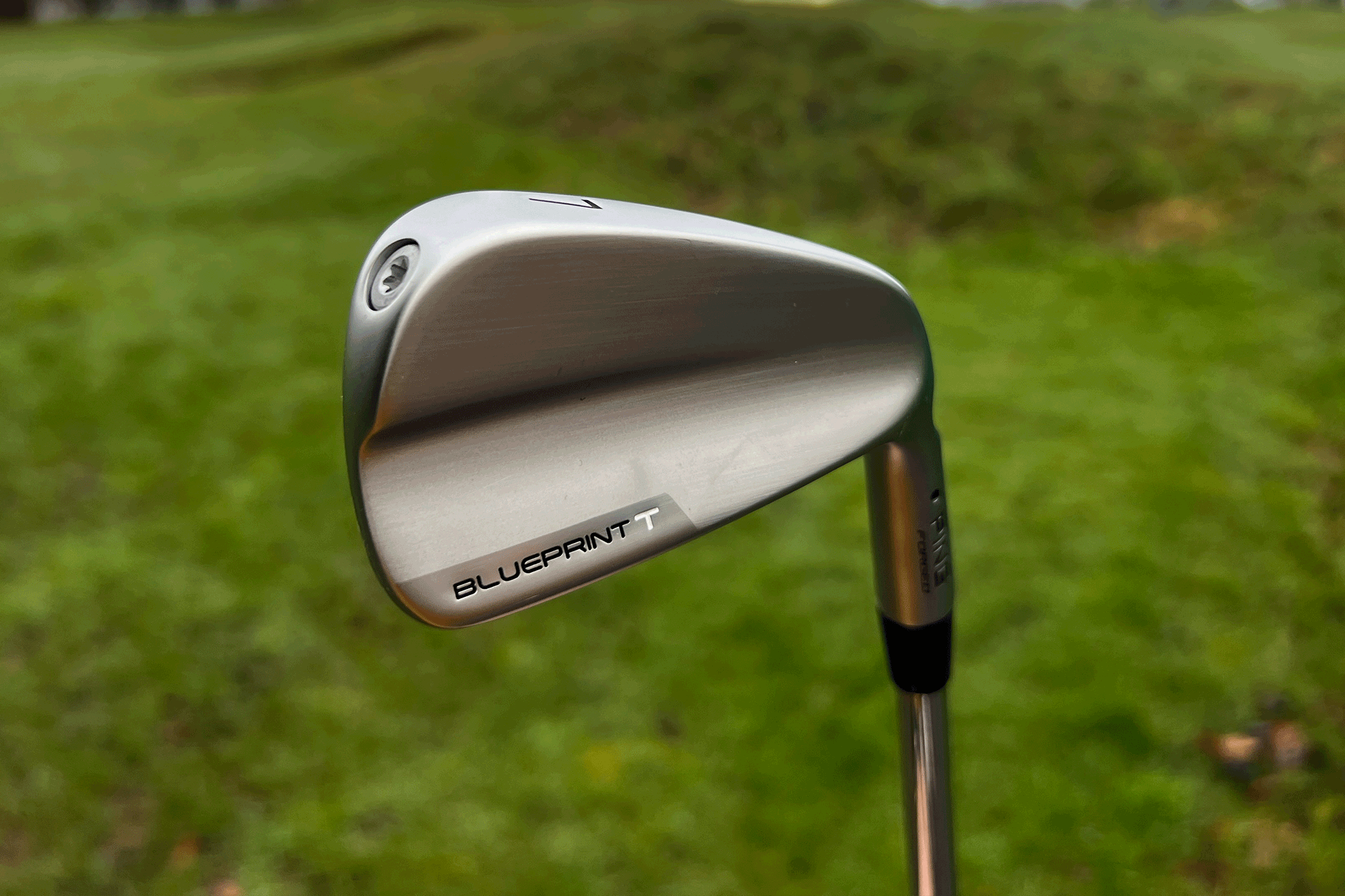
Best Irons for Low Handicappers 2024
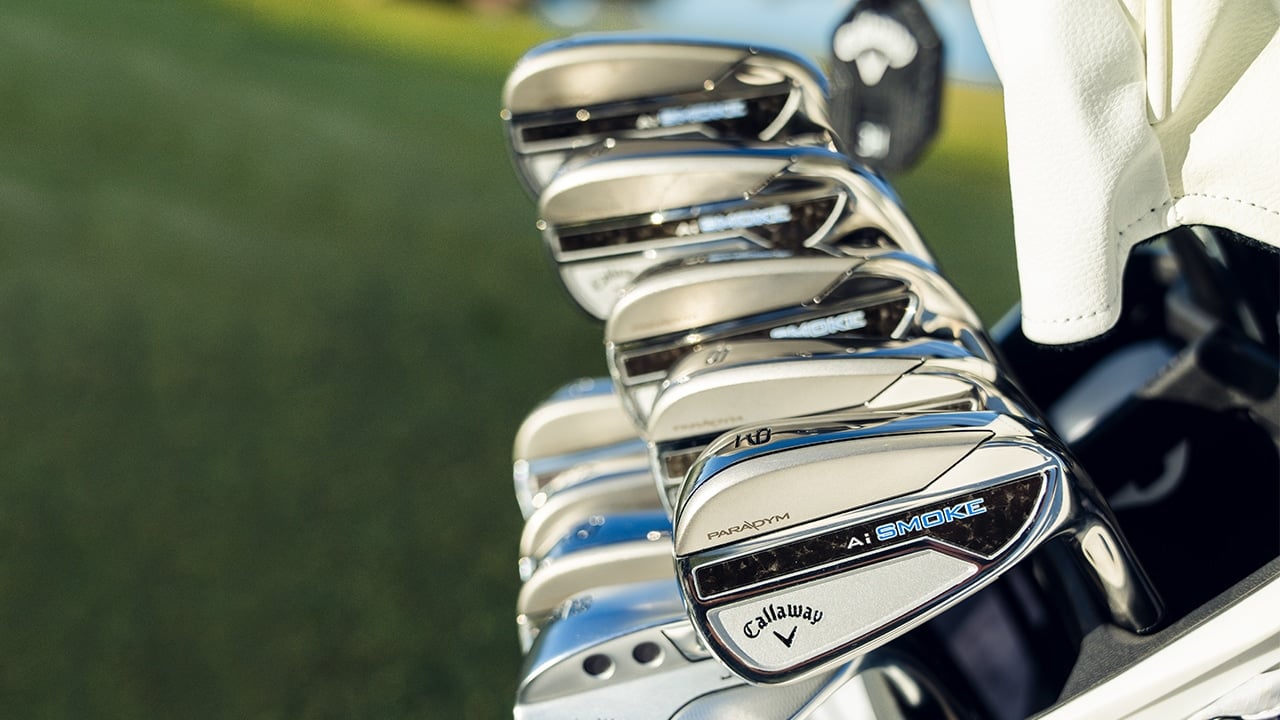
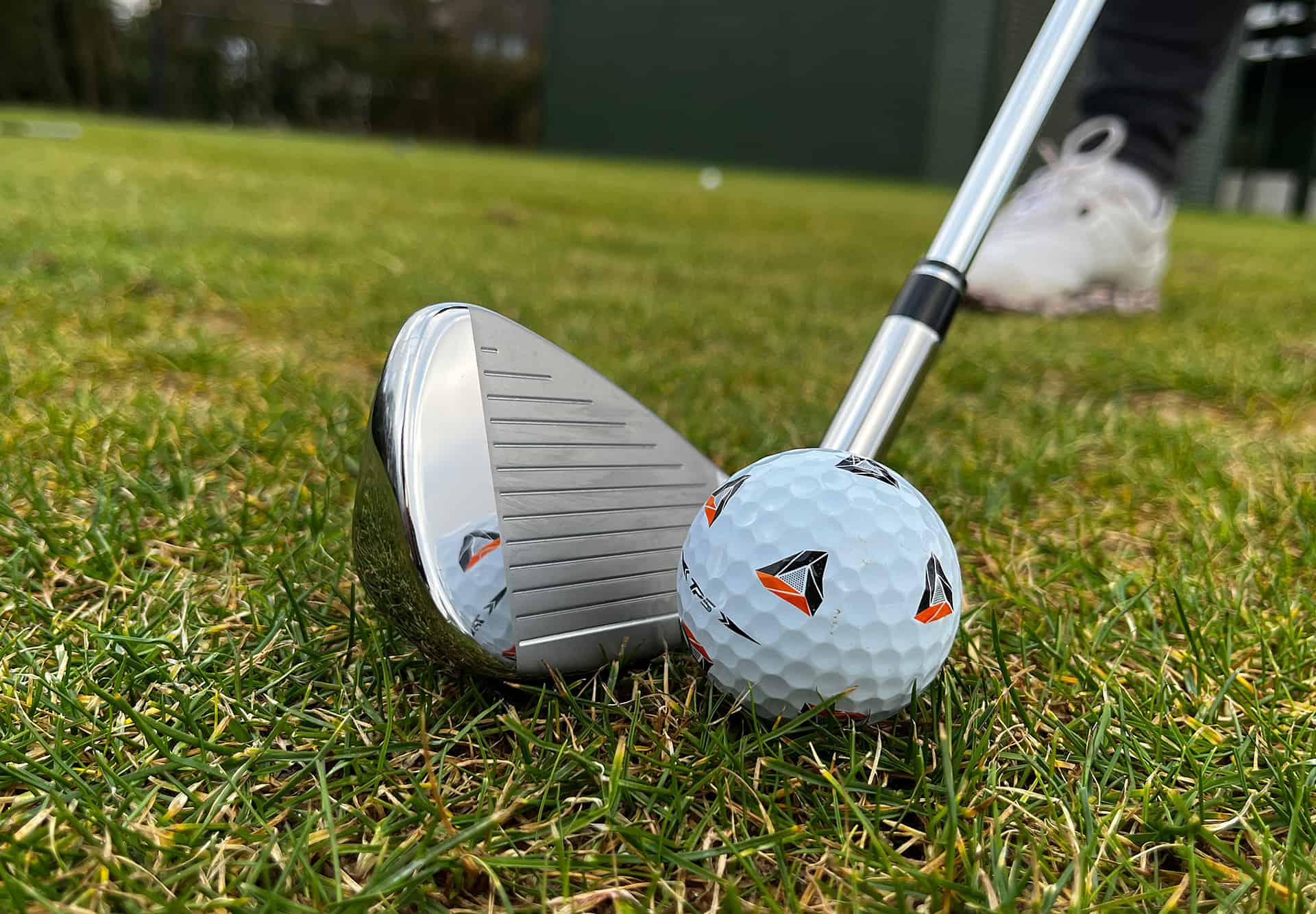
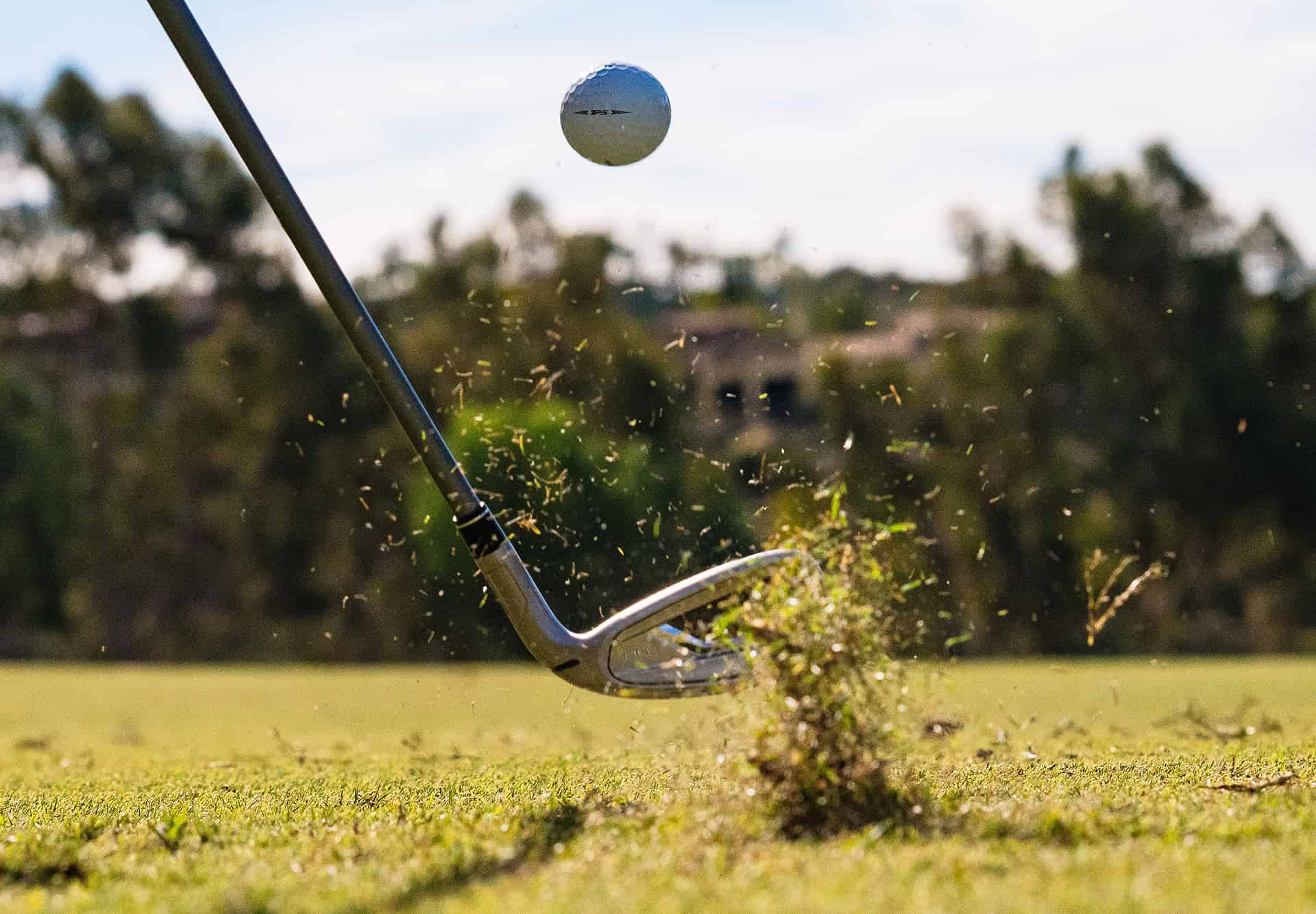
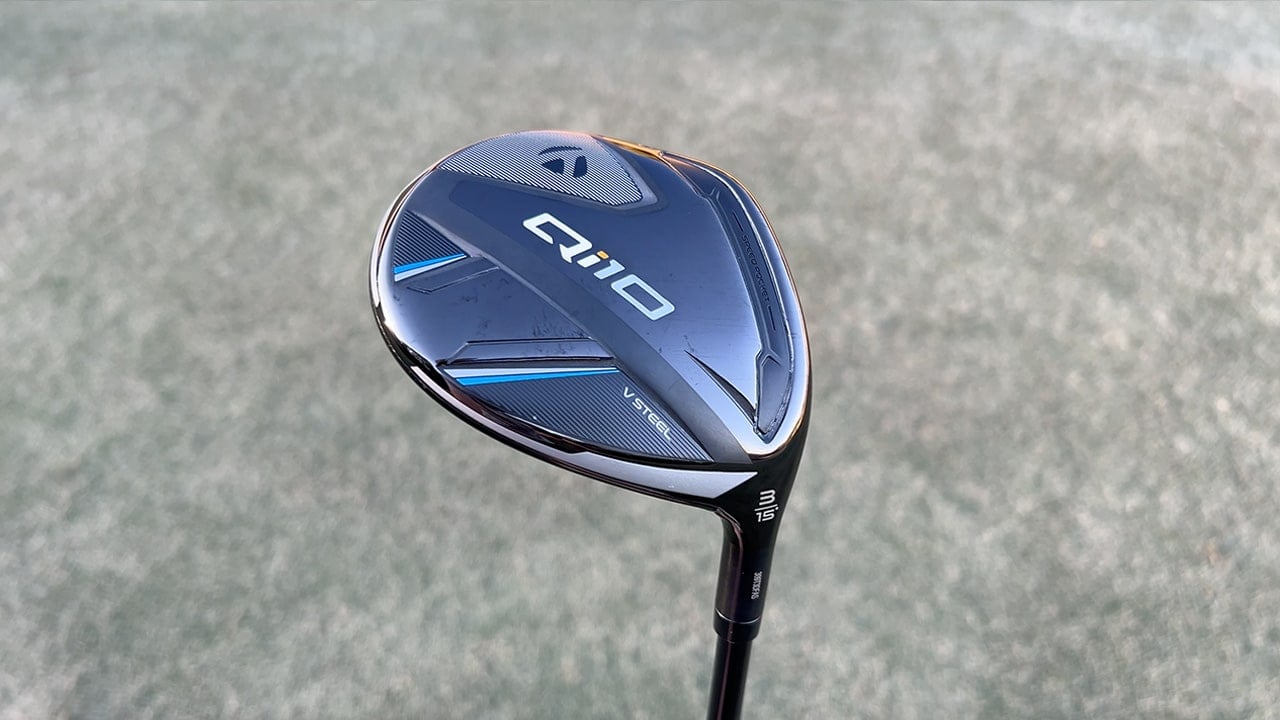
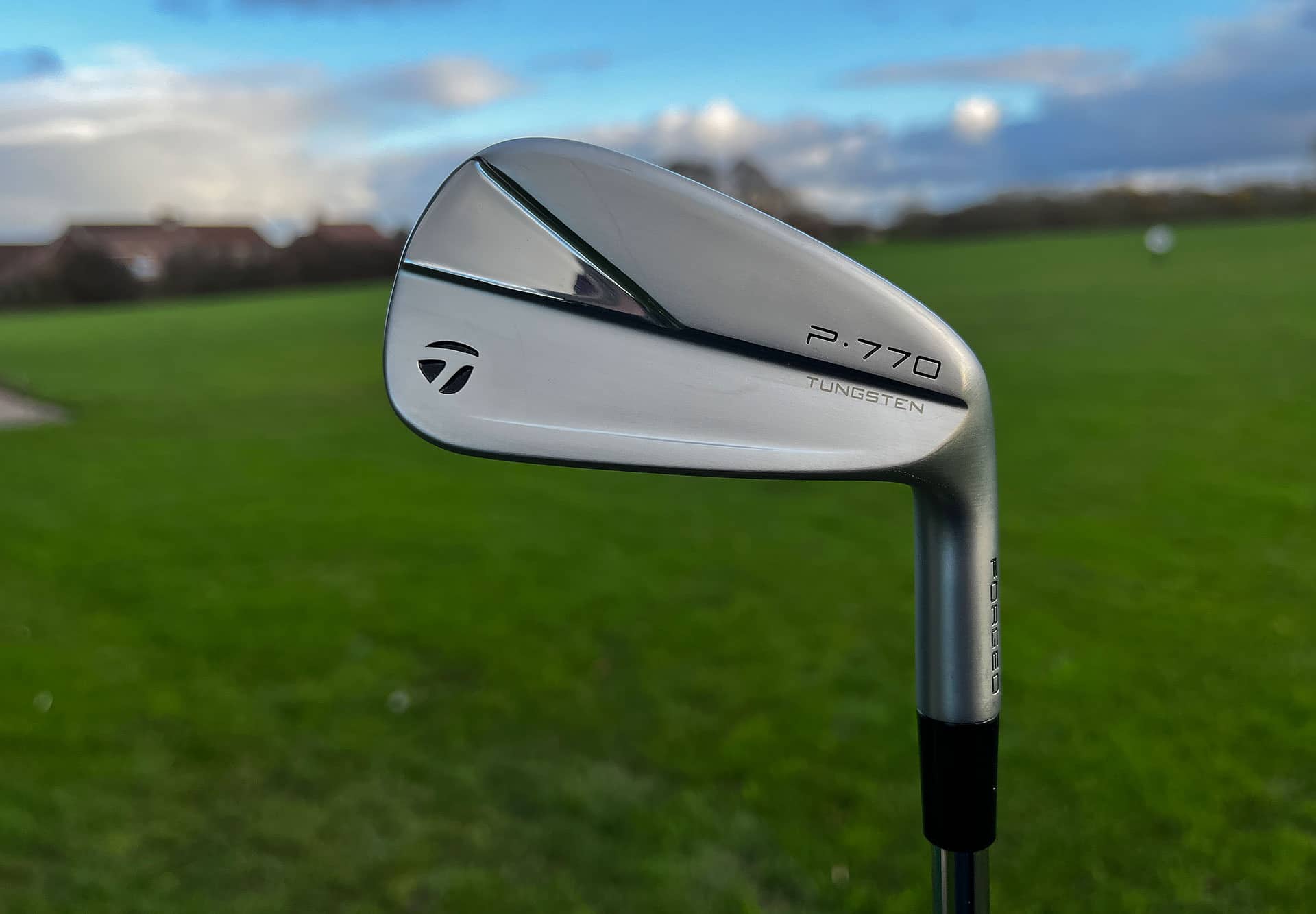
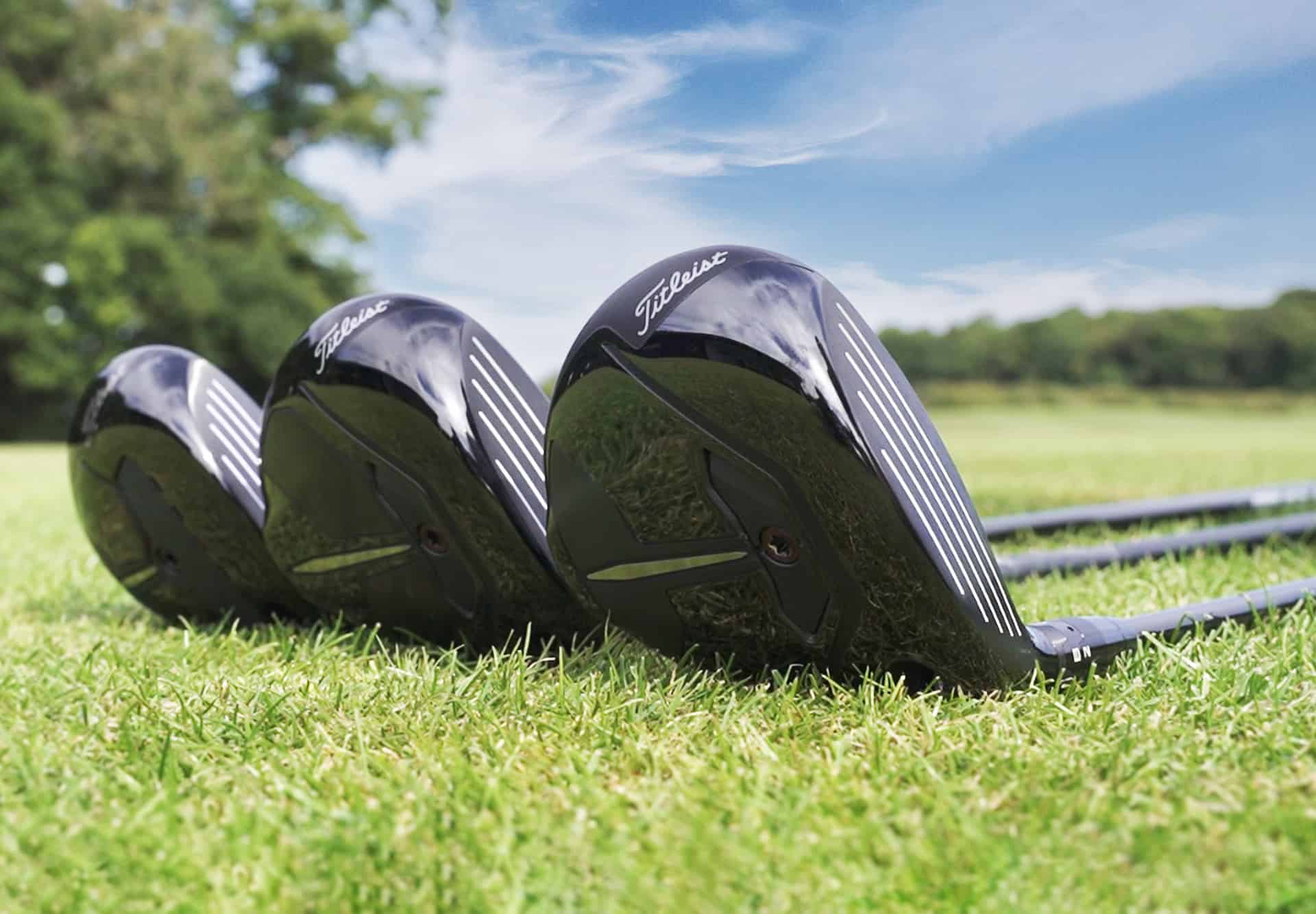
Best Fairway Woods 2024
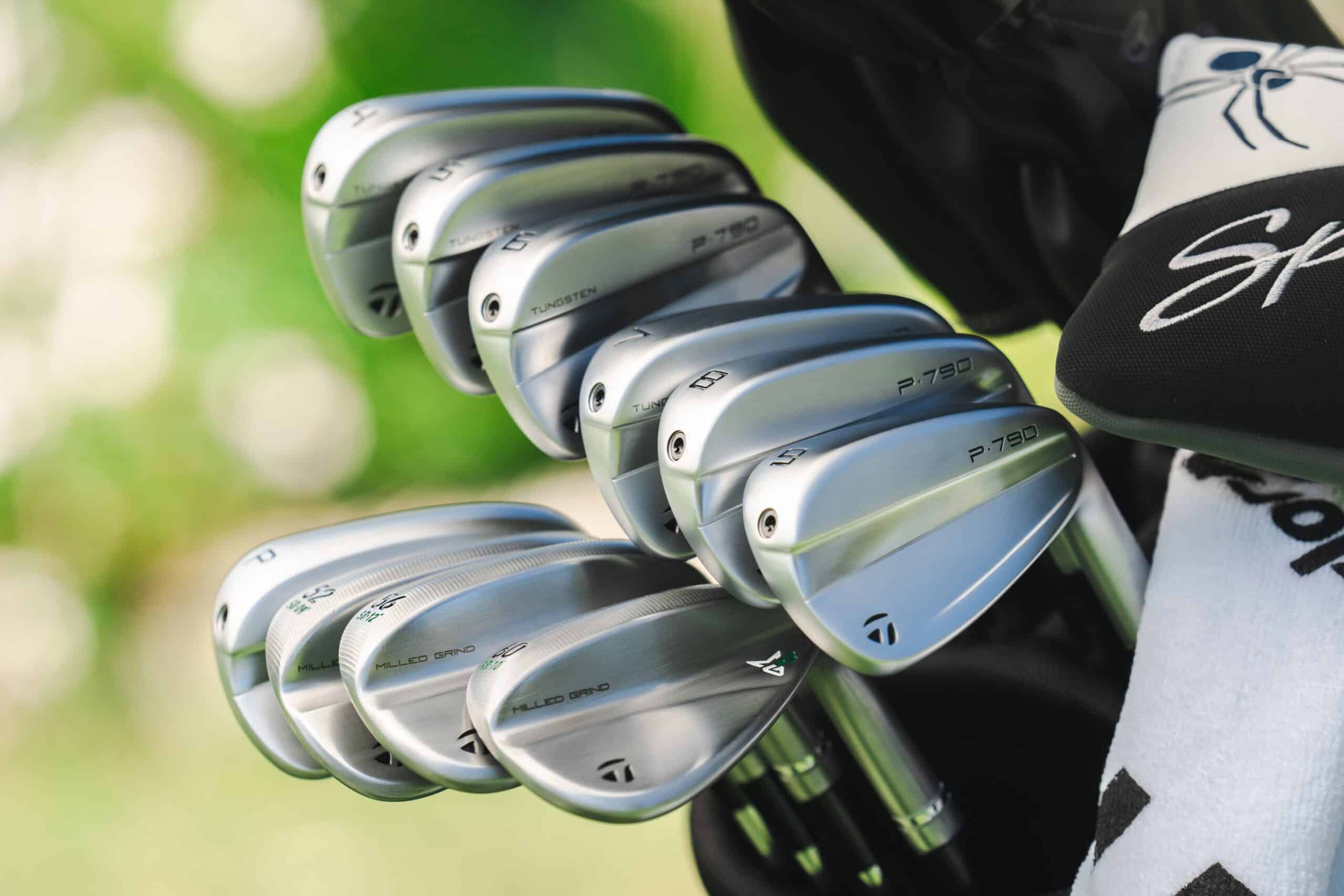
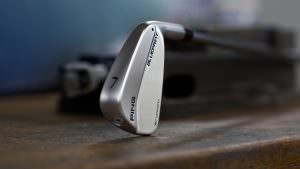
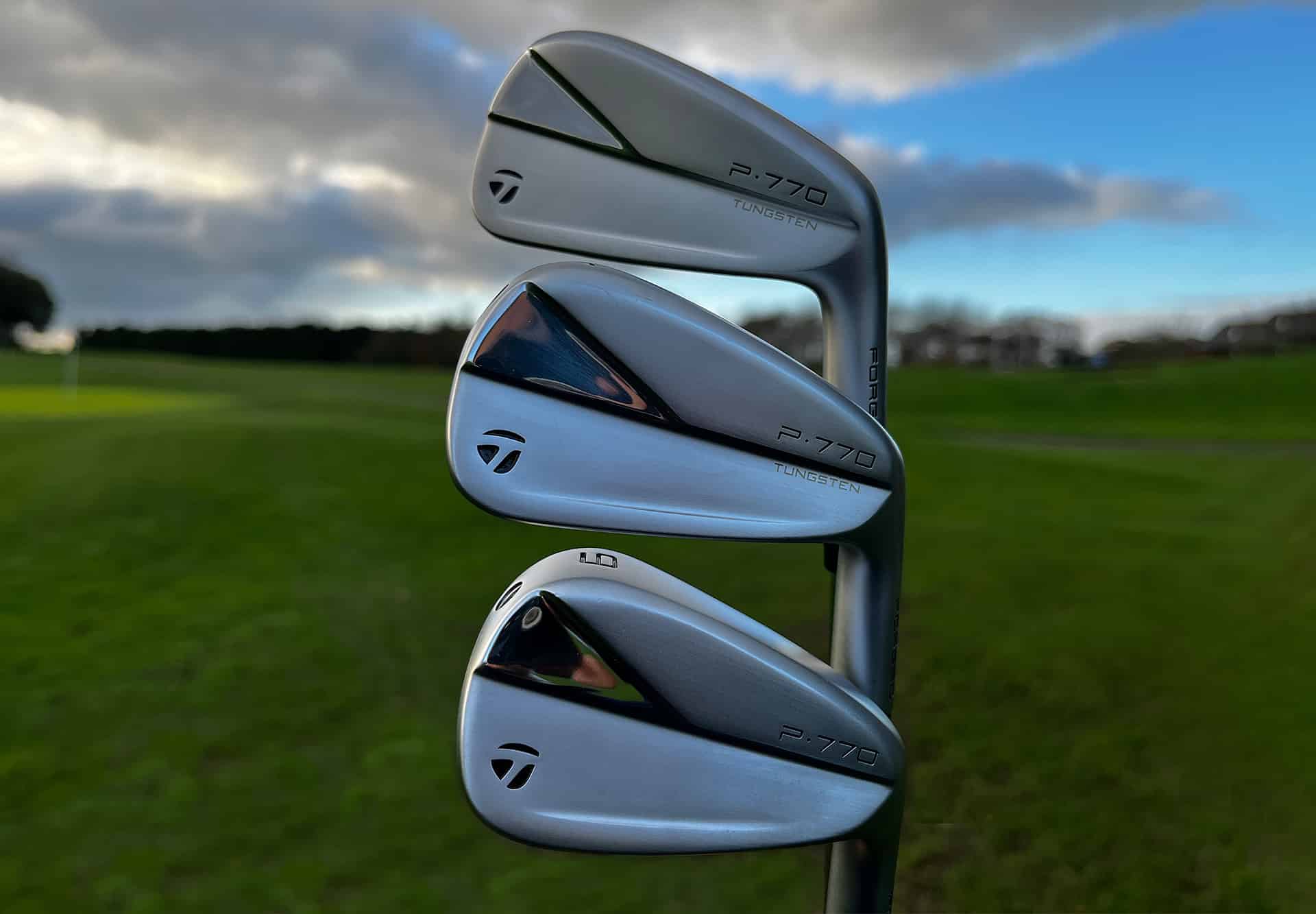
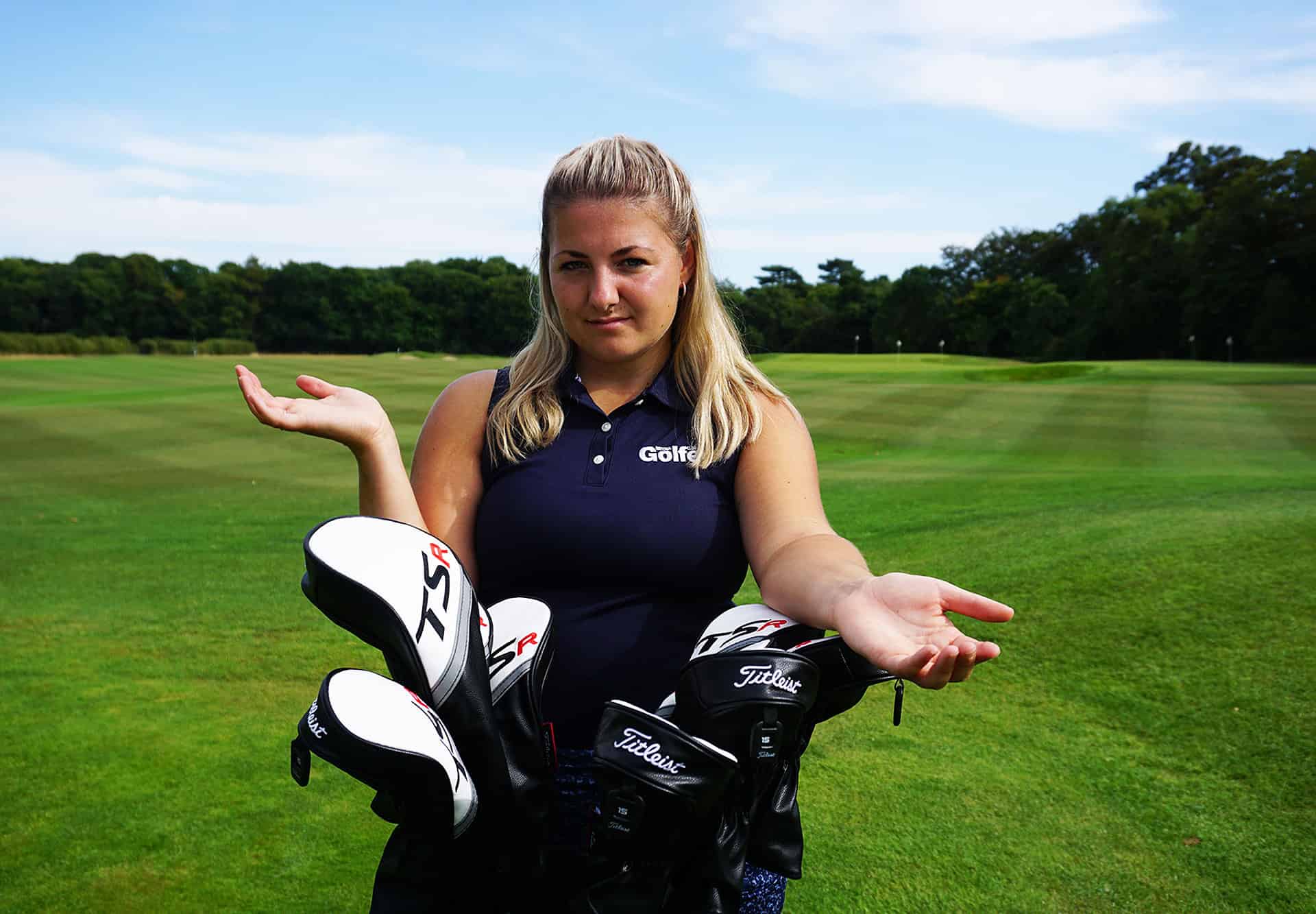
How to fill that awkward gap between your driver and irons
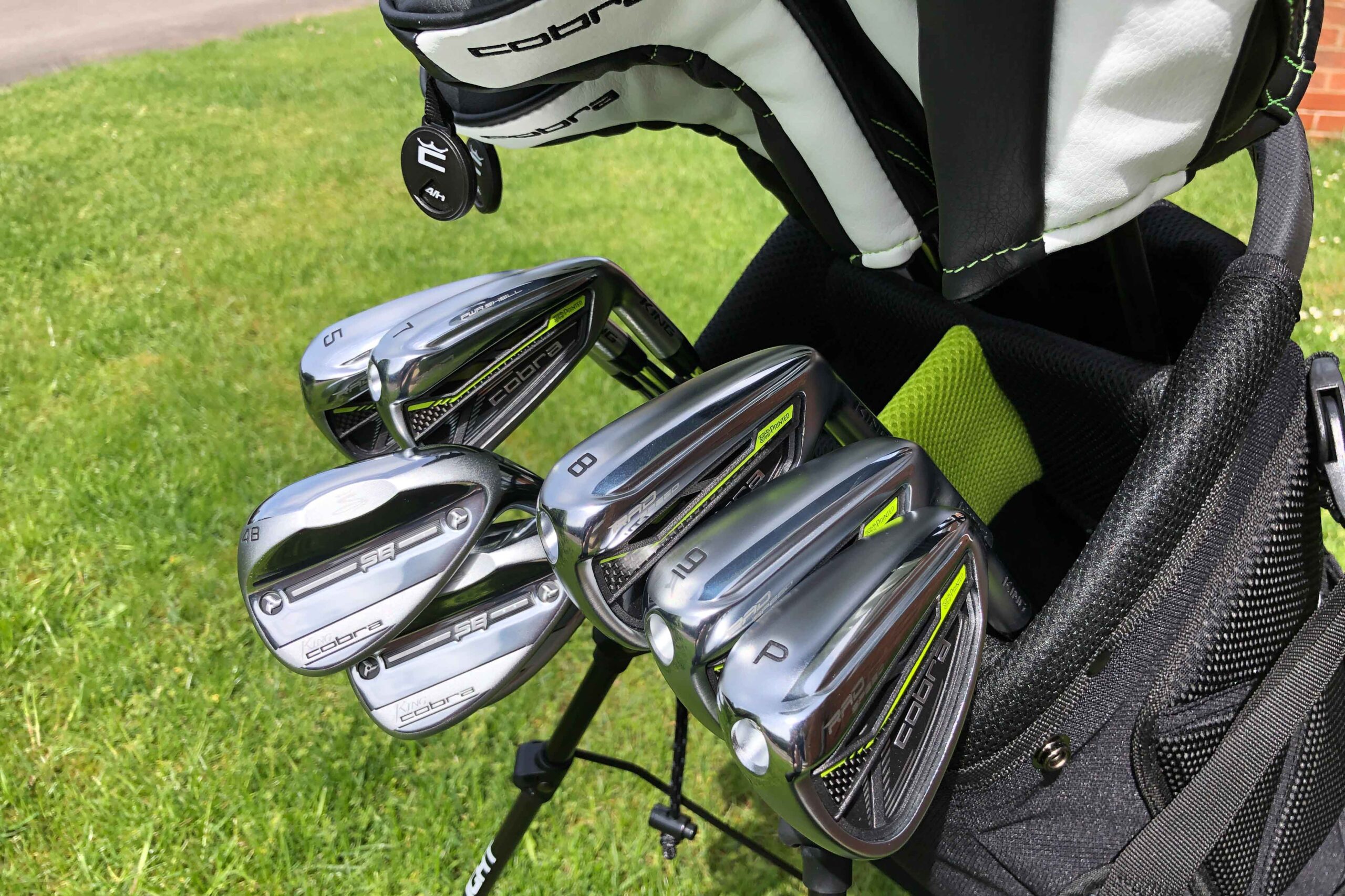
I played game improvement clubs for a whole season – but did it work out?

TaylorMade’s P760 irons are here – but how do they perform?
By James Savage

Ping set to appeal hefty fine for blocking online sales
By James Savage


I just hit nine greens in regulation in a row – roll on spring

How to make sure you get fitted for the right golf clubs
By James Savage
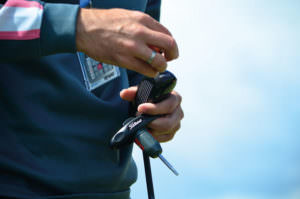
Hybrid vs. long iron Titleist reader test
By James Savage


